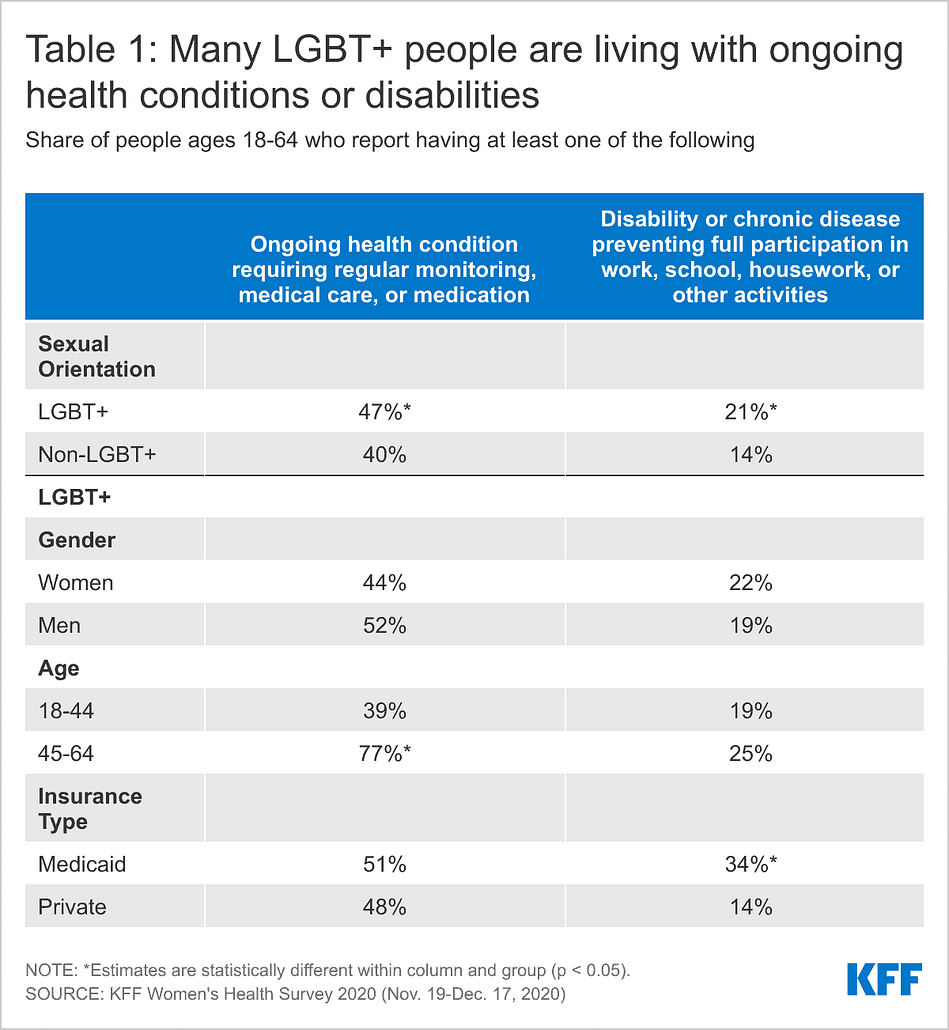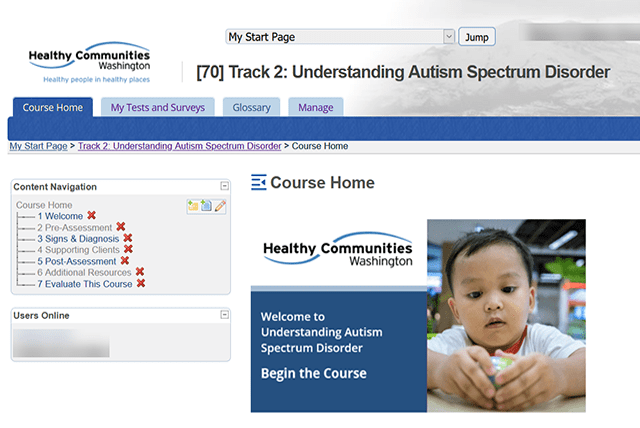Well-chosen language and images can help people learn and build online communities. The last thing you want is for training material to stand between your organization’s training goals and your learners’ minds. You want to use every chance you have to connect, engage and help your audience learn in a welcoming and inclusive digital environment.
Moreover, this should be the most important reason to increase inclusivity in your training. People come in all shapes and sizes with all kinds of beliefs and backgrounds. The way you develop your training should reflect that. Making any part of your team feel left out will only break apart your team.
Download Now: A Practical Guide to Remote Training
A recent study from the University of Ottawa found that racialized learners stated they have less control in their academic environment, lower confidence and self-efficacy in their academic abilities. Plus, they have weaker connections to other students and instructors.
Good training should reflect real-world situations as closely as possible and make every learner feel like you’re dealing with them. Additionally, it will not only show them that you want them to belong, but it also makes learning material more personally meaningful. Relevance is what makes learning stick.
Using inclusive language and images is the key to helping learners feel like they belong in what they’re learning and better understand how to apply what they learn.
This article will show you what inclusive language is and give you examples that you can use to make sure that you’re creating an inclusive training environment.
What is Inclusivity in Training?
Inclusive language is a style of writing or speaking that avoids terms and phrases that treat others unfairly. Furthermore, inclusive imagery would be visuals, illustrations, photographs or other visual elements that represent diversity. This includes avoiding anything that might be seen as sexist, racist, prejudiced or insulting. Instead, it focuses on equality, inclusion and welcoming environment.
Focus on inclusivity in your training will make them feel respected, valued and included—not the opposite.
Have a look at five examples of inclusive language and examples that you can use with your training efforts. The American Psychological Association has some inclusive language guidelines that are helpful if you’re writing or evaluating written material.
Inclusivity in Training Examples
- Watch out for gendered language
- Avoid racial and ethnic stereotypes
- Welcome all abilities
- Be open to socioeconomic diversity
- Include LGBTQ+ community
1. Watch out for gendered language
Lookout for using pronouns that support stereotypes or ignore certain genders. Use gender-neutral terms like “they” or “their” instead of assuming gender. For example, this means avoid using gendered language in examples of a theoretical person. Say, “When a learner turns in their assignments, they should use the Hand-In feature.” Avoid, “When a learner turns in his assignments, he should use the Hand-In feature.”
Also try to use a term like “people” or “team” instead of “guys” or “ladies.”
Demonstrate inclusivity in areas like case studies or examples. Use people who use “they” or “their” as their pronouns.
2. Avoid racial and ethnic stereotypes
A stereotype is when we make general assumptions about people based on their group or category. These assumptions can be beliefs or expectations about what people in that group are like. Stereotypes make it easier for us to quickly understand and judge others, but they are often overly simple, negative, and don’t change easily, even when we meet people who don’t fit those assumptions.
We see examples like this often in imagery. Think of a picture of a male doctor in a white coat. If you’re providing health-based training strive for other kinds of examples. Use diverse and multicultural images: people from all backgrounds and genders in positions of power.
3. Welcome all abilities
Strive to use examples and imagery that are inclusive of people with all abilities. Always use person-first and identity-first language. Think about these examples from APA:
| Term to avoid | Suggested alternative |
| victim, survivor | person who has experienced… person who has been impacted by… |
| wheelchair-bound | person who uses a wheelchair |
| mentally ill | person living with a mental health condition person with a mental disorder person with a mental illness |
| abusive relationship | relationship with a person who is abusive |
| addict | person with a substance use disorder |
| homeless person | person without housing |
| prisoner, convict | person who is/has been incarcerated |
In addition, the training materials themselves can be unintentionally ableist. They might exclude or disadvantage people with disabilities, including those who use assistive devices to see or hear.
Here’s a resource for making your online learning program accessible.
4. Be open to socioeconomic diversity
People may have different income levels and access to resources. When delivering training, this means thinking about people who might not have a computer, might not be able to drive to a remote training location or may have to face extra childcare costs while taking a course.
On one hand, a diverse group of participants can offer a wide range of experiences and perspectives. But note that some people have barriers to equal access and participation.
Some ideas to make your training more socioeconomically diverse:
- Scholarships
- Flexible schedules
- Access to laptops or handheld devices
- Travel reimbursement or provide transportation
- Online learning options
- Resource sharing, including loaning textbooks or software at no extra cost
5. Include LGBTQ+ community
Set aside part of every project to consider LGBTQ+-inclusive curricular content, particularly if you work for an organization that offers health-based training. Always include material that avoids bias and that includes positive representations of lesbian, gay, bisexual, transgender and queer/questioning (LGBTQ) people.
Members of this community come from a broad range of communities that include all races, ethnic and religious backgrounds and socioeconomic levels. Still, LGBTQ+ people have worse health outcomes than their non-LGBT+ counterparts.
Look at these statistics from KFF:
- Despite being a younger population that would typically be expected to be in better health, LGBT+ people more commonly report that their health is fair or poor than non-LGBT+ people (23% v. 14%), who are more likely to report good or excellent health (86% v. 77%).
- LGBT+ individuals with Medicaid, lower education and lower incomes report poorer health compared to those with private insurance.
- Nearly half (47%) of LGBT+ people have an ongoing health condition requiring regular care, higher than non-LGBT+ individuals (40%).
- A larger proportion of LGBT+ individuals (21%) experience disabilities or chronic illnesses that limit their participation in daily activities compared to non-LGBT+ individuals (14%).

Health providers need extra training to provide compassionate and high-quality care. Don’t exclude this community from case studies, examples or data.
If you don’t think much about inclusivity, start thinking about it now. Additionally, it will benefit any of your organization’s learning goals and also help all people in your online communities. Your training material could become the bridge that links your training goals and your learners’ minds. Start with some of these suggestions, and soon you’ll create a better experience for all learners.



